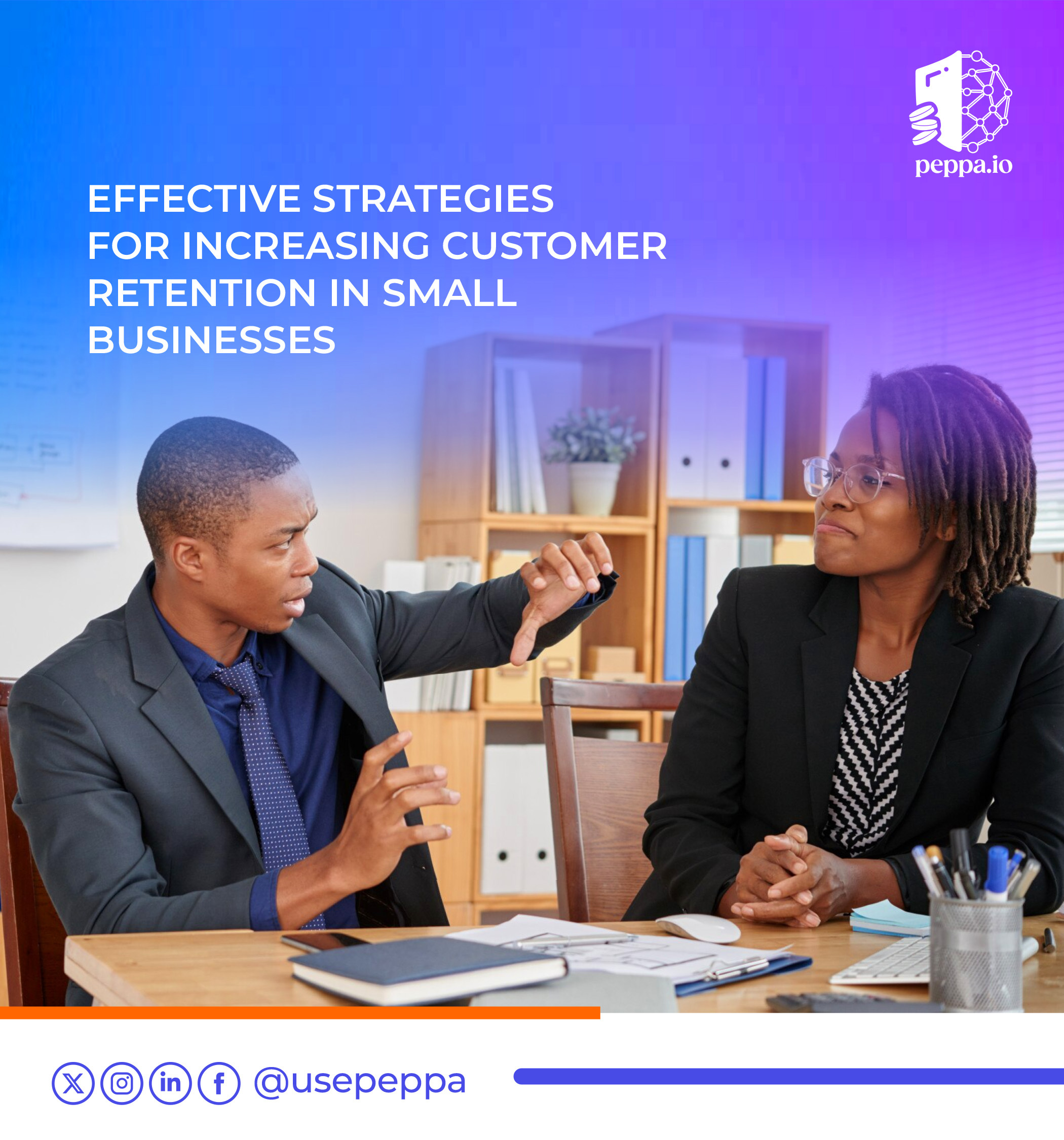Introduction
Customer retention is important for the survival of any small business in the long term. While the process of acquiring customers is important, it has often been found that retaining existing customers is much more economical and profitable than retaining them. Here are some comprehensive strategies to enhance customer retention and build lasting relationships with your clients.
- Know Your Customers.
Understand that to retain customers, it is important to understand their needs, preferences, and pain points. Studies indicate that customers prefer companies that make efforts to understand them and thus improve their products. Conduct online surveys, gather feedback, and study purchase history to know what they value most. This helps tailor products, services, and interactions to fit better with your target.
- Provide Excellent Customer Service.

Provide Excellent Customer Service.
Excellent customer service will help set your company apart from the competition. Customer service representatives need to be polite, friendly, efficient, and competent, and act on customer feedback and complaints promptly. A little touch of personalised service can go far: knowing the customer by name, preference, and history of contact can go on to create a good impression.
- Develop a Customer Loyalty Program

Building Customer Loyalty in Small Businesses
Loyalty programs reward repeat customers and provide an incentive to come back. Develop a program with meaningful rewards, whether through discounts, exclusive products, or points redeemable against future purchases. Make it easy for them to join and use your program, and communicate the benefits to your customers.
- Stay in Frequent Contact with Your Customers
Make sure to regularly engage to keep the company at the top of people’s minds. Send regular emails and newsletters, pop up on social media, and share exciting updates, promotions, and valuable content. Ensure the content is relevant and not overwhelming to prevent customer fatigue and unsubscribing.
- Develop a Strong Brand Identity
It is important to develop a consistent brand message across the website, social media, and physical locations to build trust and loyalty. A compelling brand story and value proposition that resonates with the target audience can help establish a deeper relationship with customers.
- Offer Excellent Support After Purchases

Offer Excellent Support After Purchases
Remember to handle the sale in a way that doesn’t end the customer relationship after purchase. Offer post-purchase support and follow-up to ensure satisfaction, build trust, and encourage repeat business.
- Seek and Act on Feedback

Seek and Act on Feedback
Request customers to provide feedback on the services they have received from your institution. This may be through surveys, comment cards, or one-on-one discussions with them. Make efforts to apply this feedback to make improvements and to show that the inputs of customers are necessary. It not only helps in strengthening your offerings but also shows a commitment to satisfying customers.
- Build a Community

Establish a community around your brand to retain customers. Keep customers engaged on social media, create groups or forums where they can communicate, and set up events or meetups. Those companies with strong communities established behind them have high customer loyalty and word-of-mouth referrals.
- Track and Analyse Retention Metrics

Track and Analyse Retention Metrics
Track customer retention key metrics such as the repeat purchase rate, customer lifetime value, and churn rate. Use that information to notice trends, measure your efforts against them, and drive data-informed decisions about how to improve.
- Adapt and Innovate
Customer preferences and market conditions are changing constantly. Be flexible and open to change; keep revisiting your retention strategies constantly. With the help of innovation, bring new products, services, or features that meet emerging customer needs and preferences.
Conclusion
Customer retention requires a much more proactive and strategic approach: understand your customers, give great service, and have efficient loyalty programs in place to set a firm base for long-term relationships with clients. Engage your audience regularly, personalise your interactions, and always add value beyond your core product or service to ensure long-term success for your small business.
